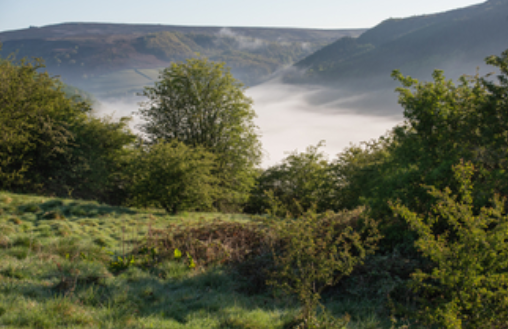Latest News | 5 June 2024
Trust’s climate change project receives six-figure boost

Derbyshire Wildlife Trust has been awarded £325,000 as part of a project to trial the most effective ways to mitigate the impacts of climate change.
The trust’s Nature Returns Project in the Derwent catchment has been awarded the money by Natural England to continue its partnership-led project for a further 12 months and widen it out to new sites.
It is one of six pioneering projects across England to receive a second phase of funding to restore landscapes and assess how carbon is captured and stored across different habitats such as grasslands, forests, wetlands and hedgerows.
Since the project began at the start of 2023, Derbyshire Wildlife Trust has been working to create connected woody habitats between the Northern and National Forests to allow movement of species in response to climate change.
The team behind the project has also been developing an economically viable programme to support landowners to create and expand dynamic and resilient ecosystems.

In the first phase of the project, the trust was able to create and restore 269 hectares of habitat in the Derwent catchment by adopting a rewilding approach.
It also engaged with more than 1,000 members of local communities, including schools, community groups, landowners and managers, and more than 2,500 hours of time were given by volunteers.
The additional funding will enable the trust to extend the project across three new sites (Gang Mine, Wyver Lane and Postern Mill), while continuing to engage with landowners and deliver more wooded habit creation and natural flood management works throughout the catchment.
Ellie Field, landscape recovery manager for Derwent Valley at Derbyshire Wildlife Trust, said: “We are committed to addressing the UK’s climate and ecological emergencies and believe that joining together rewilding and natural capital is the best mechanism to provide nature-based solutions (such as flood and drought risk reduction), reduce greenhouse gas emissions and promote carbon sequestration.
“As part of our vision for the Derwent Living Forest, we want to see an additional 30,000 hectares of wooded habitat in the catchment by 2050 as a means of addressing the urgent issues that the catchment and its communities face.
“Creating or restoring semi-natural habitats and providing the most dynamic and resilient ecosystems possible will be critical as climate impacts increase on our fragmented landscapes.”


